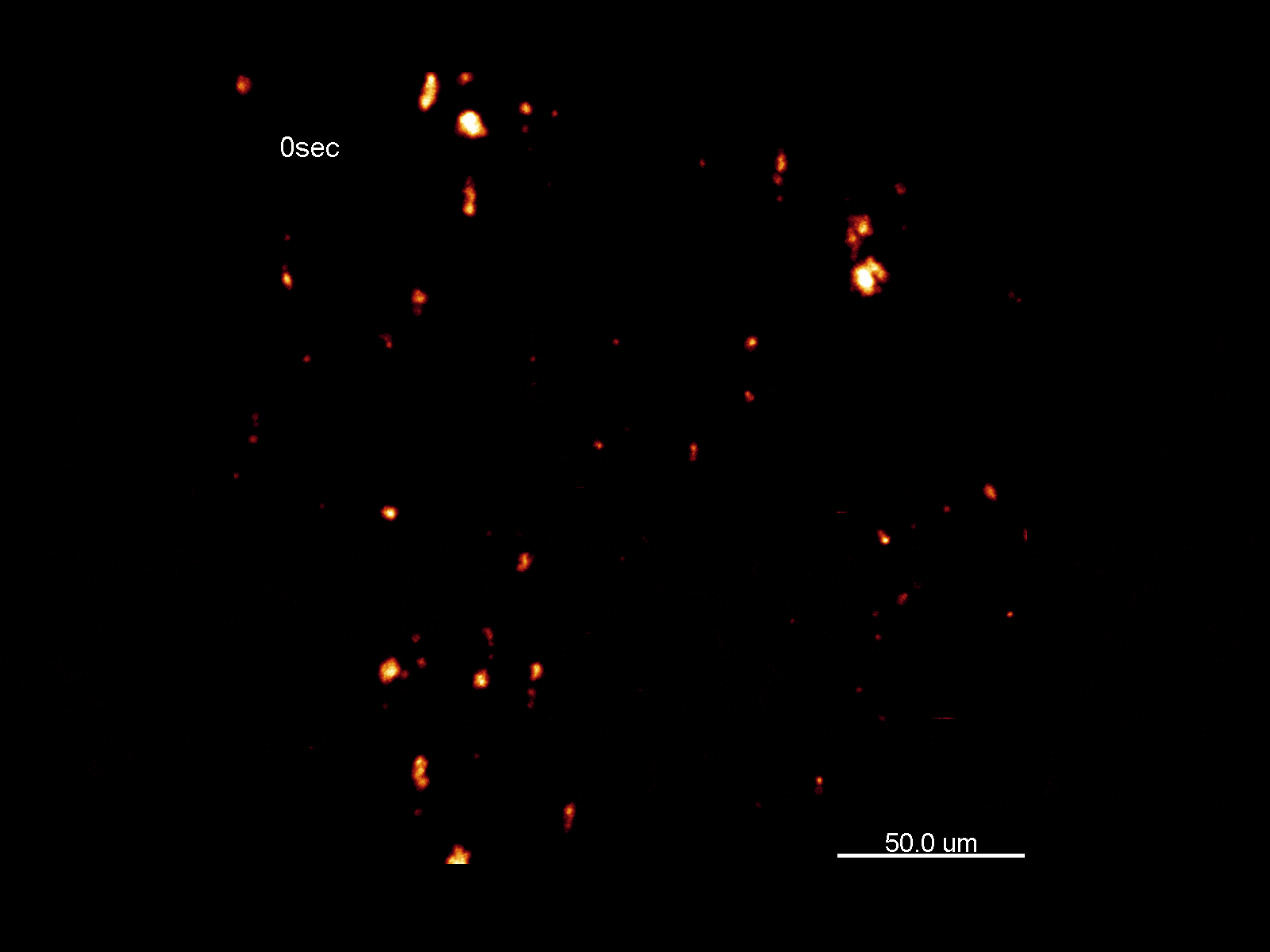Circulating platelets are essential players in haemostasis and thrombosis, as they “survey” the integrity of the vascular system. Upon vascular injury, platelets rapidly adhere to the exposed extracellular matrix and form a haemostatic plug to seal the wound. While the role of platelets in preventing blood loss is well characterized from a biological perspective, the mechanobiological aspects are only poorly understood. We hypothesize that platelet biomechanics are a fundamental feature of platelet function. In Project A06 we will investigate how changes in the platelet cytoskeleton impair platelet-extracellular matrix protein adhesion and platelet-platelet interactions and how this can lead to altered clot formation and plug stability. We will combine cell biological assays together with cutting edge biophysical methods such as high-throughput label-free real-time deformability cytometry (RT-DC), single platelet force spectroscopy using atomic force microscopy (AFM) and traction force microscopy (on 2D and 3D mechanical and chemical gradient surfaces) to comprehensively assess the “Platelet Mechanome”. For example, we will study platelets from mouse models and human patients of myosin heavy chain 9 (MYH9)-related platelet disorders which belong to the group of inherited thrombocytopenias. The MYH9 gene encodes the nonmuscle myosin heavy chain IIA (NMMHC-IIA) and is a motor molecule for cellular processes requiring force generation by the cytoskeleton. The mission statement of Project A06 is to unravel the role of platelet cytoskeleton on platelet mechanics by dissecting the underlying biomolecular and biophysical mechanisms to improve our understanding of platelet function in haemostasis and thrombosis.








